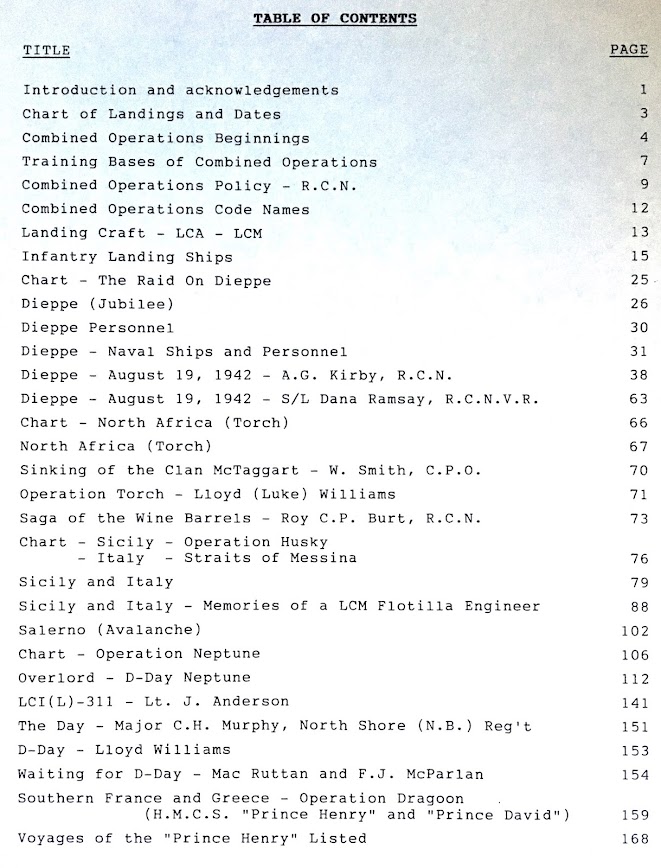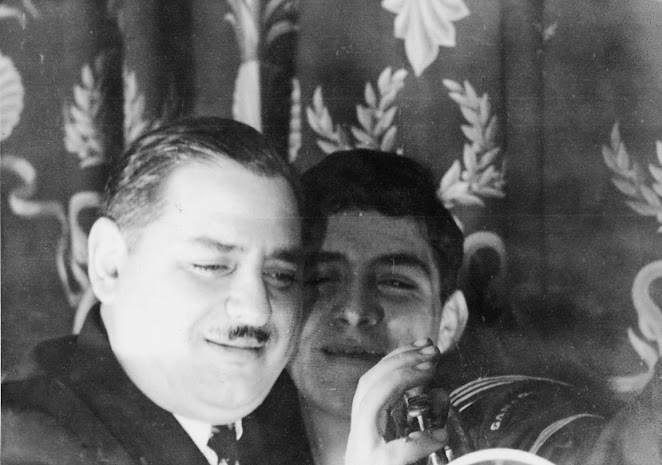The Aim of the Two Operations was the Same - Raid Dieppe
The First Was Cancelled. Should the Second Have Been as Well?
Photo Credit: Associated Press Wirephoto, as found in The Winnipeg Tribune
(page 7), August 25, 1942. Another Brookwood photo is found in Part 10
Introduction:
Conversations about the Dieppe Raid - to this day - are often started innocently enough but do not end well. Conflicts and controversies are sometimes the order of the day. Deep personal differences between people may be the result of lack of information or the possession of it from various, educated quarters.
The scores of photographs I share contain rare, significant details from the Imperial War Museum, various newspapers, books and online sites. They are accompanied by a healthy amount of written material, some only found here on this site, e.g., the memoirs of Al Kirby (RCNVR, Combined Operations) of Woodstock, Ontario. I have attempted to share links to other reliable sources as well.
Questions and comments are welcome at gordh7700@gmail.com
This series is by no means the final word re the Dieppe Raid. I estimate it has not been written yet though many informative texts have been written about it over the years. Some are listed in the 'books about Combined Operations' section of this site (see 'click on HEADINGS' in the right hand margin).
Please link to the following ten posts as shared on 1,000 Men, 1,000 Stories by G. Harrison:
1. Dieppe Raid 1942 - Operations RUTTER/JUBILEE (1)
2. Dieppe Raid 1942 - Operations RUTTER/JUBILEE (2)
3. Dieppe Raid 1942 - Operations RUTTER/JUBILEE (3)
4. Dieppe Raid 1942 - Operations RUTTER/JUBILEE (4)
*For more details, please link to Articles: Dieppe Raid 1942 - Operations RUTTER/JUBILEE (2).
The White Ensign. From the Editor's small collection of WW2 memorabilia.
Originally collected by Doug Harrison, RCNVR, Combined Ops (1941 - 45).
1. Dieppe Raid 1942 - Operations RUTTER/JUBILEE (1)
2. Dieppe Raid 1942 - Operations RUTTER/JUBILEE (2)
Photo: ART3142 The Home Guard in a Tank Landing Craft (LCT) exercise, Oban.
A view of the backs of two British officers standing at the bridge of a landing craft
with the coastline visible ahead. A large number of Home Guards are on the deck
below. Artist Credit - Bone, Stephen, at Imperial War Museum
3. Dieppe Raid 1942 - Operations RUTTER/JUBILEE (3)
4. Dieppe Raid 1942 - Operations RUTTER/JUBILEE (4)
The article above, from the July 13, 1942 issue of The Winnipeg Tribune*,
is a rare one. It is written by the well-known Canadian war correspondent
Ross Munro, and refers to "invasion manoeuvres" prior to the Dieppe
Raid as part of "advanced combined operations training."
*For more details, please link to Articles: Dieppe Raid 1942 - Operations RUTTER/JUBILEE (2).
5. Dieppe Raid 1942 - Operations RUTTER/JUBILEE (5)
6. Dieppe Raid 1942 - Operations RUTTER/JUBILEE (6)
photograph taken during a daylight raid on shipping in Dieppe, France, by 12
Lockheed Venturas of No. 487 Squadron RNZAF. One group of bombs is strad-
dling the Quai du Hable and the entrance channel to the docks, while
another group explodes on the cliff top above the Avant Port.
No. 487 Squadron RAF. Air Ministry Collection
7. Dieppe Raid 1942 - Operations RUTTER/JUBILEE (7)
8. Dieppe Raid 1942 - Operations RUTTER/JUBILEE (8)
H22637. A wounded Canadian soldier being disembarked from the Polish
Navy destroyer ORP Ślązak (Silesian) at Portsmouth on return from Dieppe,
9. Dieppe Raid 1942 - Operations RUTTER/JUBILEE (9)
10. Dieppe Raid 1942 - Operations RUTTER/JUBILEE (10)
Unattributed Photos GH























































